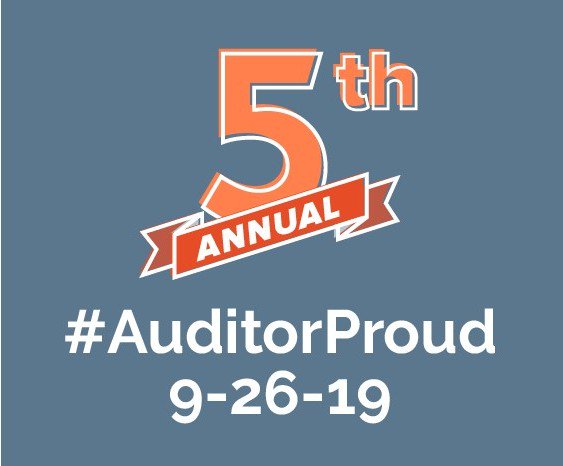In an audit quality report released last week [PDF], the once flawless PwC admits its next PCAOB inspection report will be twice as bad as the last one. That’s not so terrible though, PwC has proven in recent years they are superior to all other auditors when it comes to avoiding deficiencies from the PCAOB — in 2020, PwC had a record-low 1.9% deficiency rate with just one mistake found in 52 audits inspected. So “twice as bad” for PwC is still “much better than BDO.”

You should know this but Part I.A. deficiencies are those of such significance that the PCAOB believes the firm, at the time it issued its audit report, had not obtained sufficient appropriate audit evidence to support its opinion on the issuer’s financial statements and/or ICFR. When people say “deficiencies” in relation to PCAOB reports, that’s what they mean.
New to 2022 inspection reports is the Part I.C section intended to flag instances of noncompliance with PCAOB rules related to maintaining independence and potential noncompliance with U.S. Securities and Exchange Commission independence rules. According to PwC, Part I.C of their upcoming 2022 inspection report includes 129 instances across 74 issuers identified through their own compliance procedures, and one instance identified by the PCAOB.
On the 2023 inspection cycle the firm said:
Our FY23 internal inspections program is substantially complete, and of the 201 audit engagements subject to internal inspection, 97% were deemed compliant. In addition, the PCAOB’s most recent 2023 inspection cycle (generally covering 2022 audits) is substantially complete. In both our internal and external inspections, we have noted a modest increase in observations related to executing routine and non-complex audit procedures in normal risk areas.
Based on our analysis to date of potential contributing factors we do not believe any of the observations raised are indicative of a systemic issue or broader issue in a particular audit area. As a learning organization, we took prompt actions to assess and respond to the nature of the matters identified, and we continue to monitor, assess, and respond to feedback to maintain and further enhance audit quality. Through guidance and various communications, we’ve reinforced to our teams the importance of consistent execution in our day-to-day work — from planning through completion of the audit. This includes both the careful preparation of audit work and the appropriate level of supervision and review throughout the audit. We’ve also encouraged our teams to seek additional opportunities to enhance experiential learning and team collaboration.
It could be worse. EY said in November the PCAOB identified deficiencies in almost half (46%) of their audits inspected for the 2022 report, also not yet released. At a Baruch speech late last year, newbie member of the board George Botic said of upcoming inspection results 40% of all audits reviewed will have one or more Part I.A deficiencies and “the average Part I.A finding rate across the six U.S. Global Network Firms will increase from approximately 20% of audits reviewed in 2021 to 30% in 2022.”
Feel free to do the math to figure out who else is dragging the average down. You are also free to complain about the PCAOB in the comments as always.
Related:


